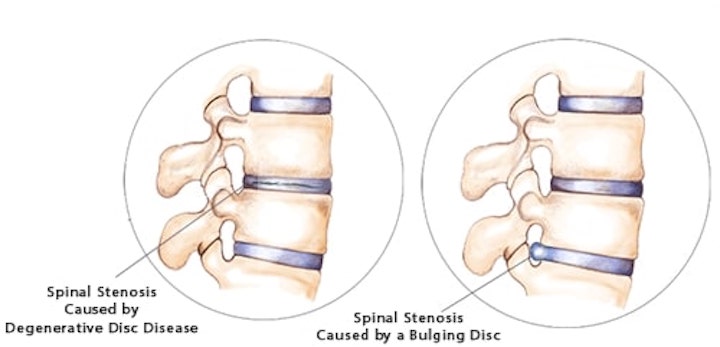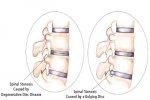
There is a wide range of nonoperative treatments for spinal stenosis. The more common options include:
- Exercises. A suitable program of physical therapy and exercise is a component of almost every spinal stenosis treatment program. While the spinal stenosis exercises are not a cure, it is important for patients to remain active as tolerated and not become additionally debilitated from inactivity.
The treating physician may prescribe a supervised physical therapy program. After a period of physical therapy instruction, most people can then transition to their own exercise program. The key is to start slowly and build strength and tolerance over time.
- Activity modification. Patients are usually counseled to avoid activities that worsen their spinal stenosis symptoms. For lumbar stenosis, patients are typically more comfortable while flexed forward. For example, recommended activity modification might include walking while bent over and leaning on a walker or shopping cart instead of walking upright; stationary biking (leaning forward on the handlebars) instead of walking for exercise; sitting in a recliner instead of on a straight-back chair.
- Epidural injections. An injection of cortisone into space outside the dura (the epidural space) can temporarily relieve symptoms of spinal stenosis. Some recent studies have questioned the long-term efficacy of these injections, and there are some concerns about the use of corticosteroid injections for patients at risk for osteoporosis-related fractures. While it is still a mainstream option offered by many physicians, as with most treatments there are both risks and benefits.
- Medication. Anti-inflammatory medication (such as aspirin or ibuprofen) may be helpful in alleviating spinal stenosis symptoms. With careful use, a short-term course of narcotic medication use may be helpful for severe episodes of nerve-related pain. Some physicians will also prescribe muscle relaxers and nerve desensitizing medications such as gabapentin. In some instances, anti-depressant medications can also provide pain relief.
Side effects from medications are always a concern. As a precaution, it is essential the patients make sure their physician and pharmacist are aware of all their medications and medication allergies.
Fortunately, many people successfully manage the symptoms of spinal stenosis with non-surgical therapies. For others, symptoms may become disabling and surgery may be considered.
If you are suffering from pain, please contact our office at (516) 419-4480 or (718) 215-1888 to arrange an appointment with our Interventional Pain Management Specialist, Dr. Jeffrey Chacko.













